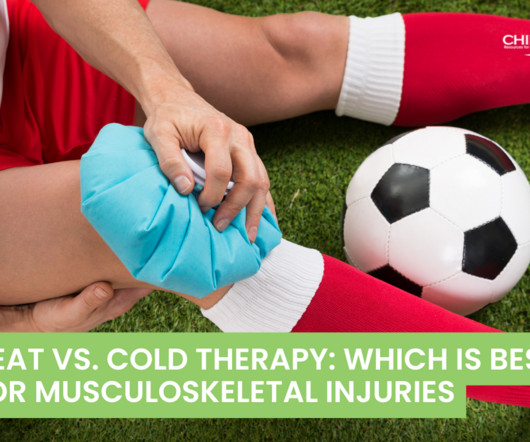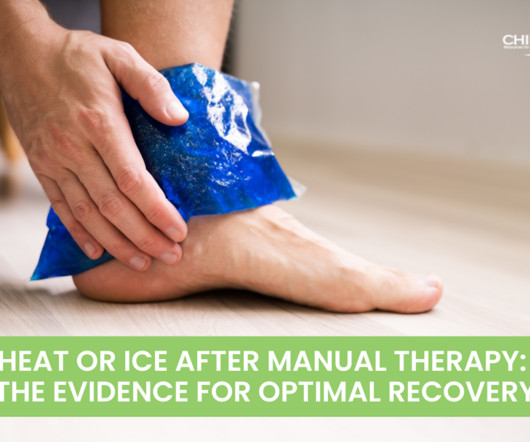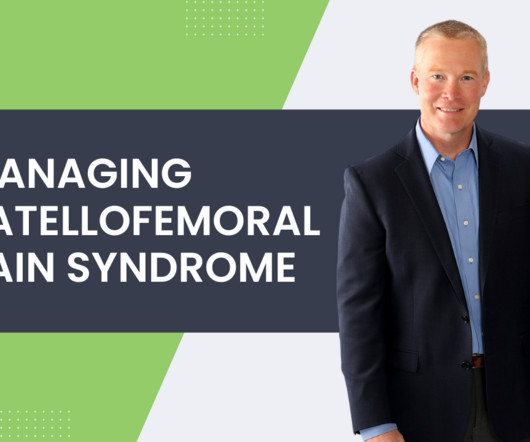Heat vs. Cold Therapy: Which is Best for Musculoskeletal Injuries
ChiroUp
NOVEMBER 14, 2024
When treating musculoskeletal injuries, chiropractors often face the key question of when to use heat vs ice therapy. When to Use Ice vs Heat for Musculoskeletal Injuries Heat and cold therapy both play valuable roles in managing pain and promoting healing. Mechanisms and efficacy of heat and cold therapies for musculoskeletal injury.















Let's personalize your content